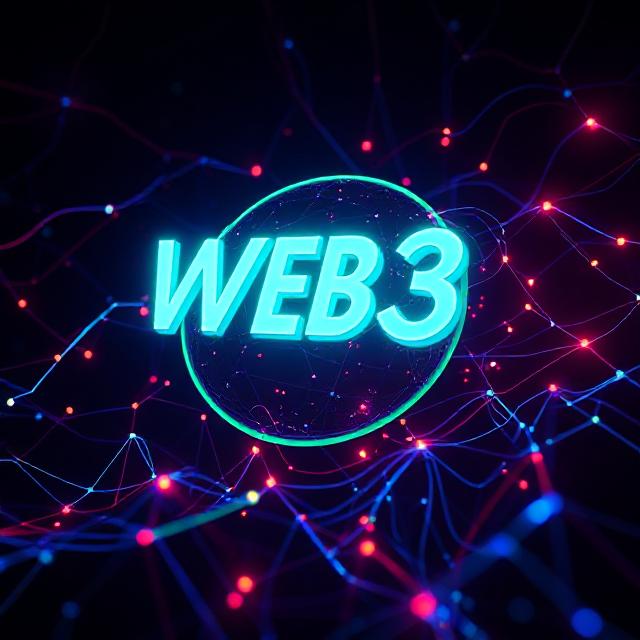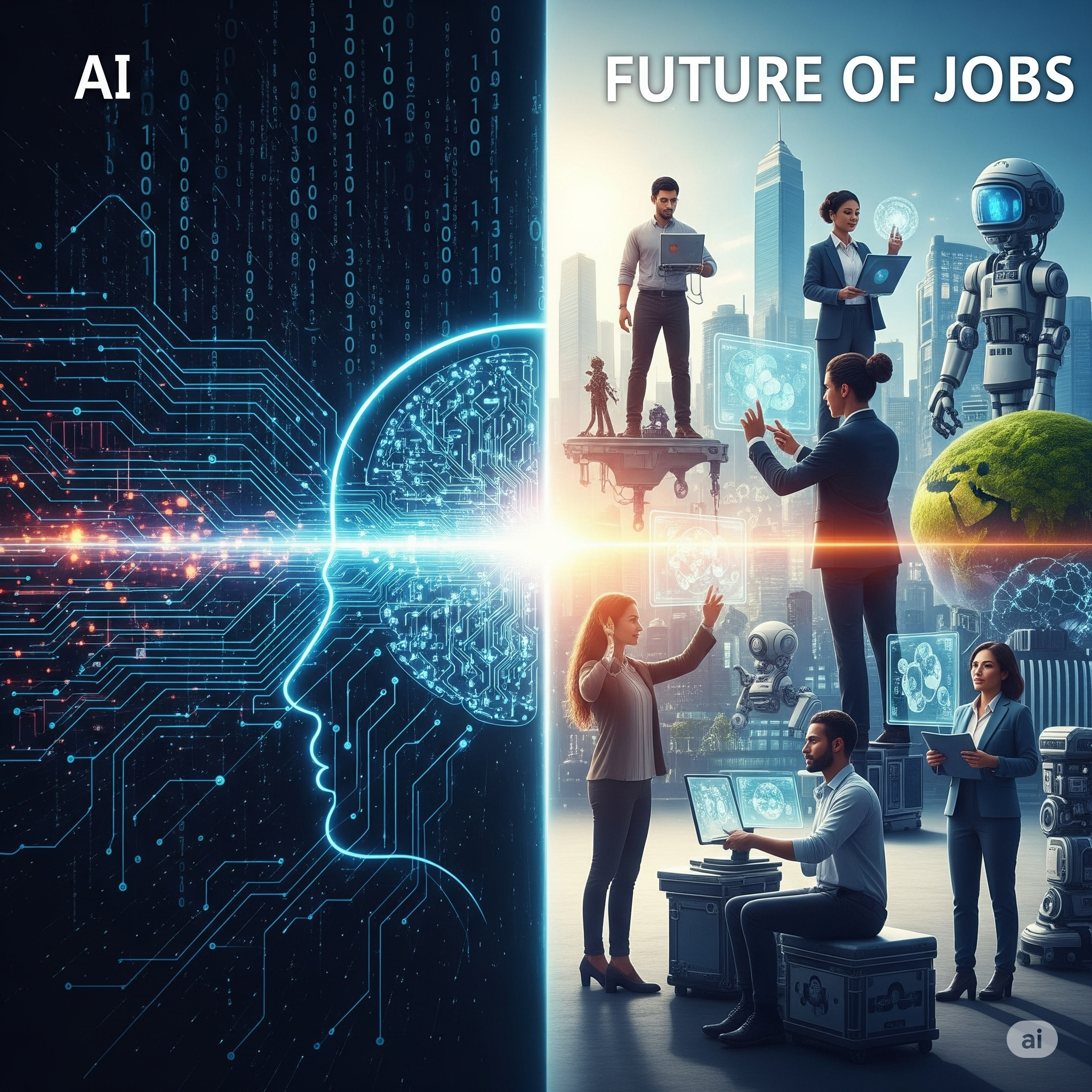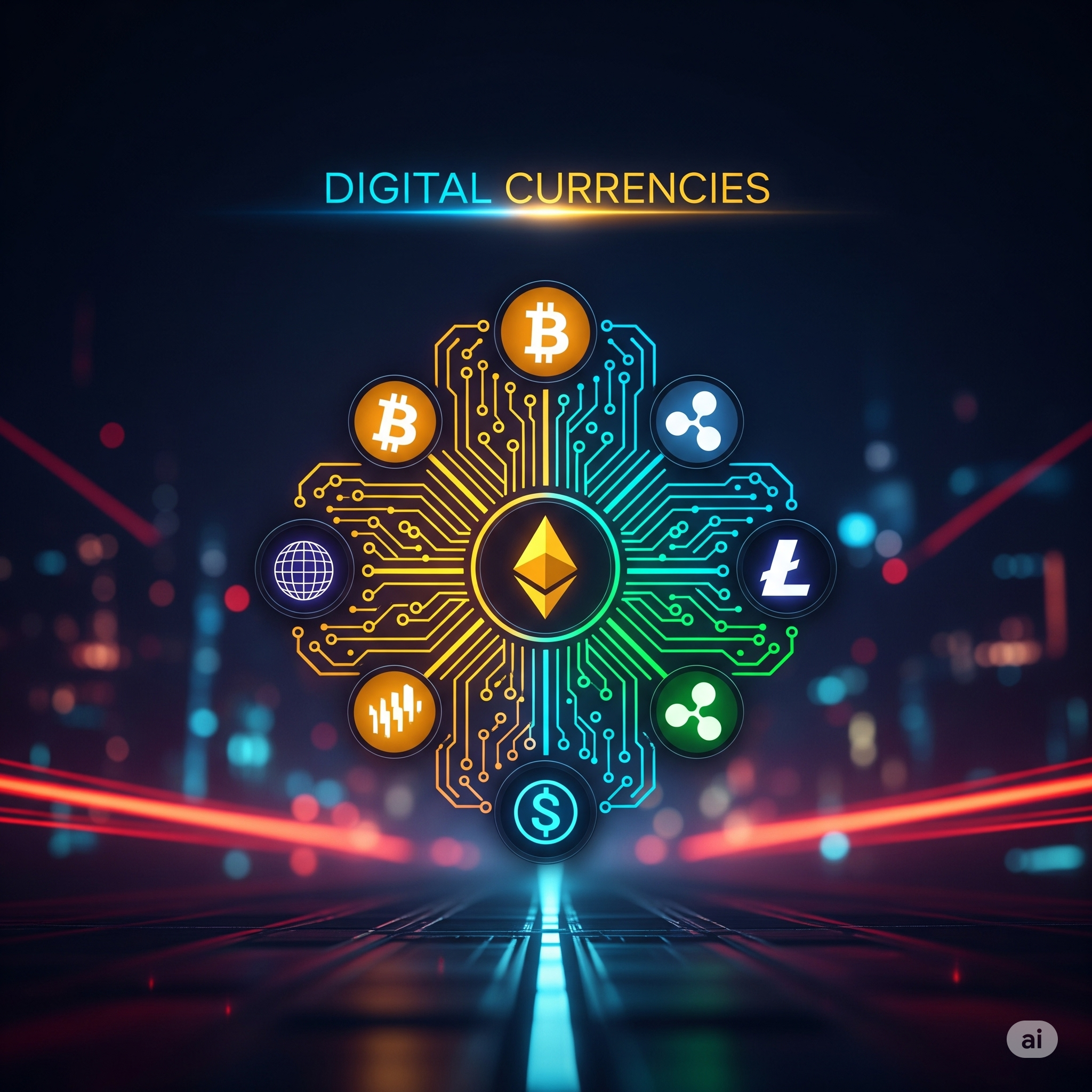Introduction
The internet has undergone significant transformations since its inception. From static web pages in the early 1990s (Web 1.0) to interactive and user-generated content in the 2000s (Web 2.0), the evolution of the internet has dramatically shaped global communication, commerce, and culture. Now, the world stands at the cusp of a new digital revolution: Web3 and the Decentralized Internet. This emerging paradigm promises to redistribute control from centralized tech giants to individual users through blockchain, decentralized protocols, and cryptographic systems.
This article explores the fundamental concepts of Web3, its technologies, benefits, challenges, and the transformative potential it holds for digital society.
What is Web3?
Web3, short for Web 3.0, refers to the third generation of internet services that aim to create a decentralized and user-owned web. It is built on blockchain and other distributed ledger technologies (DLTs), enabling peer-to-peer interactions without relying on centralized servers or intermediaries.
Key Characteristics of Web3:
- Decentralization: Data is stored across a distributed network, reducing reliance on centralized entities like Google or Facebook.
- User Sovereignty: Users own their data, identity, and digital assets through cryptographic keys and wallets.
- Permissionless Access: Anyone with internet access can participate without approval from intermediaries.
- Native Digital Economies: Cryptocurrencies and tokens enable value exchange and incentivize participation.
- Interoperability: Applications and services can seamlessly interact across different blockchain networks.
Evolution of the Web: From Web 1.0 to Web3
| Web Version | Key Features | Control | Examples |
|---|---|---|---|
| Web 1.0 | Static websites, read-only | Centralized | Yahoo, early blogs |
| Web 2.0 | Dynamic, user-generated content, social media | Centralized platforms | Facebook, YouTube, Twitter |
| Web3 | Decentralized apps, blockchain-based identity and assets | User-controlled, decentralized | Ethereum dApps, IPFS, DAOs |
Web3 is not a simple upgrade of Web 2.0 but a complete rethinking of how the internet should function, prioritizing transparency, trust, and decentralization.
Technologies Powering Web3
Several foundational technologies underpin the vision of a decentralized internet:
1. Blockchain Technology
A blockchain is a distributed ledger that records transactions in a secure, immutable, and transparent manner. Blockchains enable Web3 platforms to operate without central authorities.
- Ethereum, the most widely used Web3 platform, allows developers to build decentralized applications (dApps) using smart contracts.
- Other blockchains like Solana, Polkadot, and Avalanche offer unique scalability and interoperability solutions.
2. Smart Contracts
These are self-executing codes stored on a blockchain. They define rules and automatically execute transactions when predefined conditions are met.
Example: A decentralized finance (DeFi) platform may use smart contracts to lend cryptocurrencies based on algorithmic logic, eliminating banks as intermediaries.
3. Cryptographic Wallets
Web3 users access and manage digital assets and identity through wallets like MetaMask or Trust Wallet. These wallets provide:
- Private key security
- Token management
- dApp connectivity
4. Decentralized Storage
Unlike centralized cloud storage (e.g., Google Drive), Web3 relies on peer-to-peer systems like:
- IPFS (InterPlanetary File System)
- Filecoin
- Arweave
These systems store files in a distributed manner, ensuring data permanence and resistance to censorship.
5. Decentralized Autonomous Organizations (DAOs)
DAOs are internet-native communities governed by code and token-based voting, rather than traditional management. Members collectively make decisions about the future of a protocol or project.
Example: MakerDAO manages the DAI stablecoin through decentralized governance by its token holders.
Advantages of Web3 and Decentralized Internet
1. Data Ownership and Privacy
Users regain control over their personal information, which is stored in encrypted, decentralized formats. Unlike Web 2.0 platforms that monetize user data, Web3 provides privacy by default.
2. Resistance to Censorship
With data distributed across a global network, no single authority can easily remove content or block access to information, empowering freedom of expression.
3. Monetization and Incentives
Web3 introduces new ways for users and creators to earn income:
- Token rewards for participation
- Royalties via NFTs
- Direct micro-payments via crypto wallets
4. Open Innovation and Transparency
Protocols are open-source and verifiable, allowing anyone to audit the code and participate in governance. This transparency builds trust and reduces the need for intermediaries.
5. Inclusive Financial Systems
DeFi platforms offer financial services to unbanked populations without requiring traditional documentation, promoting financial inclusion.
Applications of Web3 and the Decentralized Internet
1. Decentralized Finance (DeFi)
Web3 enables banking, lending, trading, and insurance without intermediaries through platforms like:
- Uniswap (decentralized exchange)
- Aave (lending protocol)
- Compound (interest earning)
2. Non-Fungible Tokens (NFTs)
NFTs are unique digital assets stored on blockchain, used in art, music, gaming, and identity. Platforms like OpenSea and Rarible allow users to buy, sell, and trade NFTs.
3. Decentralized Social Media
Platforms like Lens Protocol and Farcaster give users control over content and followers, as opposed to corporate platforms like Facebook.
4. Web3 Gaming and Metaverse
Games like Axie Infinity and The Sandbox integrate crypto rewards, NFTs, and decentralized economies, merging gaming with real-world value.
5. Supply Chain Management
Blockchain enhances traceability and accountability in supply chains. Each product’s journey can be tracked securely, reducing fraud.
Challenges and Limitations
Despite its promise, Web3 faces several hurdles:
1. Scalability Issues
Many blockchain networks struggle with low transaction speeds and high fees. Solutions like Layer-2 scaling (e.g., Arbitrum, Optimism) are still maturing.
2. User Experience
Managing private keys and understanding blockchain concepts can be overwhelming for non-technical users. More intuitive interfaces are needed for mass adoption.
3. Regulatory Uncertainty
Governments worldwide are grappling with how to regulate cryptocurrencies, DeFi, and NFTs. Regulatory crackdowns could impact innovation.
4. Environmental Concerns
Proof-of-work blockchains like Bitcoin consume significant energy. However, newer models like Ethereum’s Proof-of-Stake are more energy-efficient.
5. Security Risks
Hacks, bugs in smart contracts, and phishing attacks are prevalent in the Web3 ecosystem. Security audits and insurance protocols are critical for user trust.
The Role of Web3 in India
India, with its vibrant startup ecosystem and large developer base, is poised to play a significant role in Web3 adoption.
- Startups: Indian ventures like Polygon (a Layer-2 Ethereum scaling solution) are global leaders.
- Youth Participation: Growing interest in crypto, NFTs, and dApps among Indian youth reflects a shift toward decentralized technologies.
- Policy Landscape: While India has not banned Web3, uncertainty around crypto regulations persists. A clear legal framework is essential to encourage innovation while protecting consumers.
Web3 also has the potential to transform rural economies, enable micro-payments, and foster decentralized education platforms in India.

The Future of Web3 and the Decentralized Internet
Web3 is still in its early stages, but its long-term impact could be as transformative as the internet itself. Future trends to watch include:
1. Cross-chain Interoperability
Bridges and protocols enabling seamless interaction between different blockchains will enhance Web3’s usability and reach.
2. Web3 in Governance
Decentralized governance models could be adopted for community planning, policy-making, and civic engagement.
3. Integration with AI and IoT
Combining Web3 with artificial intelligence and the Internet of Things could lead to autonomous, trustless machine economies.
4. Digital Identity Systems
Web3-based identity solutions can offer secure, self-sovereign IDs, useful for voting, education, and health records.
5. Mainstream Adoption
As infrastructure improves and regulations mature, Web3 applications may become part of daily life — from banking to social networking to online shopping.
Conclusion
Web3 and the Decentralized Internet represent a paradigm shift toward a more open, transparent, and user-centric web. By replacing central intermediaries with cryptographic trust, Web3 empowers individuals, enhances privacy, and opens new opportunities for innovation and inclusion.
While challenges remain in terms of scalability, regulation, and accessibility, the momentum behind Web3 suggests that the next decade will see unprecedented changes in how we interact with the digital world. For students, educators, technologists, and policymakers, understanding Web3 is crucial for shaping a more equitable and resilient internet for the future.




